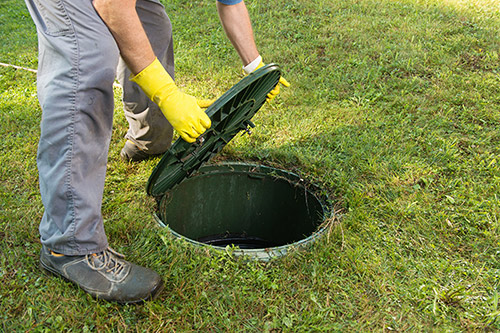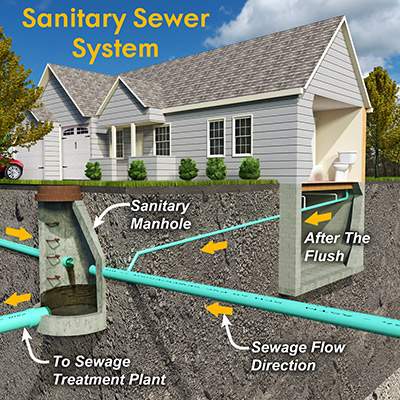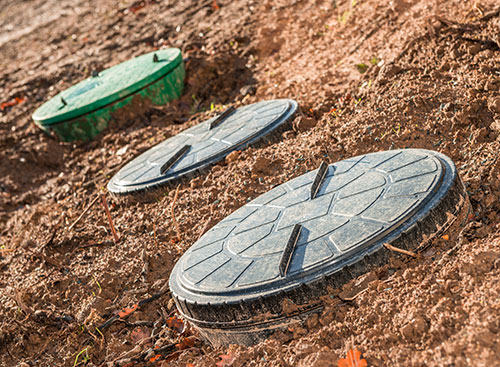
At a lake house, more is at stake. Maintaining water quality is the primary concern with any water-adjacent sanitary sewage system. Lake homeowners have a responsibility to the nearby body of water.
Despite the higher call of duty, there should be no difference in your behavior at a residential home versus a lake home. For instance, in both houses, you would not pour chemicals down the drain, use the garbage disposal, or park near the septic tank. The biggest difference would be how often you perform maintenance on it since you’ll want to clean and empty lake home septic tanks more regularly.
Even then, there isn’t a one-size-fits-all approach for septic tank maintenance at a lake home. The type and cost of maintenance depend on the topography, presence of bedrock, the height of the water table, and type of soil.
There are multiple considerations when deciding on the type of system and its maintenance. Septic systems are often necessary for the lake homeowner due to the often rural locations of many lakes. Consult a local septic tank expert for personalized advice on the topic and remember to consider the septic system when buying, selling, or building your next lake home.
For more information, contact Morse Engineering and Construction.
Source: lakehomes.com


